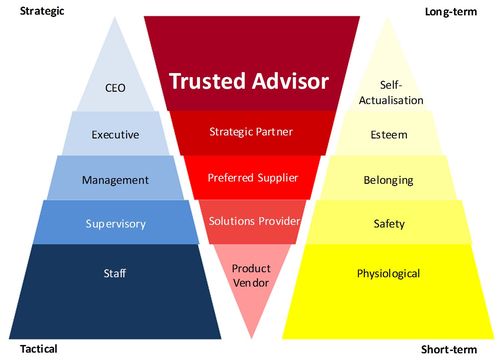Several recent coaching sessions prompted me to think even more about how the traditional communication pie chart has changed. Traditionally it states that 93% of is non-verbal, ie: 55% is body language and tone is 38%, whereas 7% are the words that we use.
How many times have you gotten into a huff or disagreement not because of what someone said, “It’s how you said it, you didn’t really mean 'I’m sorry'.”
Have you ever considered how that pie chart shifts based on the medium you are using? If you are face to face, then the traditional pie chart applies. But what happens when the medium is email? Or over the phone? Even over video with Skype or FaceTime? Are the words we use a bigger piece of the communication pie chart in the digital age? How do we get tone across in a digital medium? How can we establish trust and rapport with multiple people in one organization?
For the sake of length, let’s start with email and social media as examples. Video and FaceTime technologies are starting to take place more in business communications, but the majority is still through email and social media. So if body language is totally lost in written communications, what if we were to divide body language evenly between tone and words? Then 34.5% of the communication will depend on the words, (what you say) whereas tone (how you say it) makes up 65.5% of the communication.
What to say
What you say will always depend on who you are saying it to. What is important to the people you talk to has everything to do with who they are in their role, what they are held accountable for, and what is expected of them.
As Chris Skinner writes in his post,
“The ‘trusted advisor’ is a status achieved by few, but aspired to by many, and is all about the ability to earn the client's trust and thereby win the ability to influence them...In order to get that sort of relationship ... really get under the skin of and in the head of the client. They must see the world through the client’s eyes and understand their needs as well as the client understands them. They must advise them with the right things, not the things that are purely in [their] interests... They must look at the long-term relationship, not the short-term sale.”
Different people care about different things, and even when talking about the same thing, in the same organization, they will likely phrase it differently. If you are working with enterprises in a complex buying process, you see this all the time, as the graph below illustrates.

Image credit: Chris Skinner’s blog
Let’s say you have a data security solution. Everyone is concerned about hackers and the leaking of private information appearing on the front page of the papers. But when you are engaging, the end users and staff are concerned about the number of vendors they have to manage and how the integrations work. Their director is concerned with the reliability, uptime, and safety of the solution. Management wants to know who else they know has used this solution. Executives want to know if it is best of breed. CEOs want to know how this conveys a competitive advantage to their customers and shows how seriously they take the trust that has been placed in them.
The job of the salesperson isn’t to memorize their value prop, it is to be able to convey that value prop to each of the people they are talking to, in words that they understand. Talking to a end user about time to value isn’t going to resonate. Telling a CEO about how it integrates with other solutions isn’t what they care about.
How to say it.
You might think that it’s impossible to have tone implied in the digital age. We see this when we are helping entrepreneurial salespeople interact on LinkedIn, blogs, through email, on the phone, even in face to face meetings. How do the nuisances change? Let’s take email and social media as examples.
With the majority of business communications still being through email, it’s important to get good at this. This is why when we work with clients, we have them send us their email communications. Combining email communication best practices, like the ones below, with their own personal entrepreneurial sales evaluation gives them perspective on the words and tone of their email communications.
Email communication can convey tone based on the words used such as see, hear, do. “I hear what you are saying.” in an email would appeal to people who are dominantly auditory (like me), where as “I see what you are saying.” would appeal to those who are visual (like most of you). If you are familiar with the basics of learning styles, you can understand the clues that tell you what words are best to use and how you need to deliver them.
Delivery style in an email also conveys tone. For example, lots of exclamation points and caps with short sentences is someone conveying a pitch and volume like they are yelling.
The length, detail, frequency and recency in your email communication sets a pace. The easiest way to figure out what yours should be is to take your cues from the person you are emailing with. If they send short emails, keep your responses short. Likewise if they send longer detailed emails, respond in kind. Also consider that the device has a role in that. To most, it’s acceptable and usually preferable if emails are short when sent and received from a smart phone.
Consider also the stage in the relationship in the tone of your communication. People who you are just getting to know shouldn’t be getting long detailed emails from you. TMI. Nor should you send emoticons, abbreviations like LOL, or “hey ya” unless you have a closer relationship with that person.
Social media
Social media may also be written, but it is a different medium from email because of the expectations of those who engage there. Social media is less formal, with shorter messages and more real time than email.
How has your communications changed? How are you determining what words that to use? How are others interpreting your tone? As the days of face to face sales is declining, the salespeople today are embracing the new channels of communication and hustling to create the conversations that are driving business growth. But the most successful are examining their own internal thought processes so that they can adapt to their buyer.







